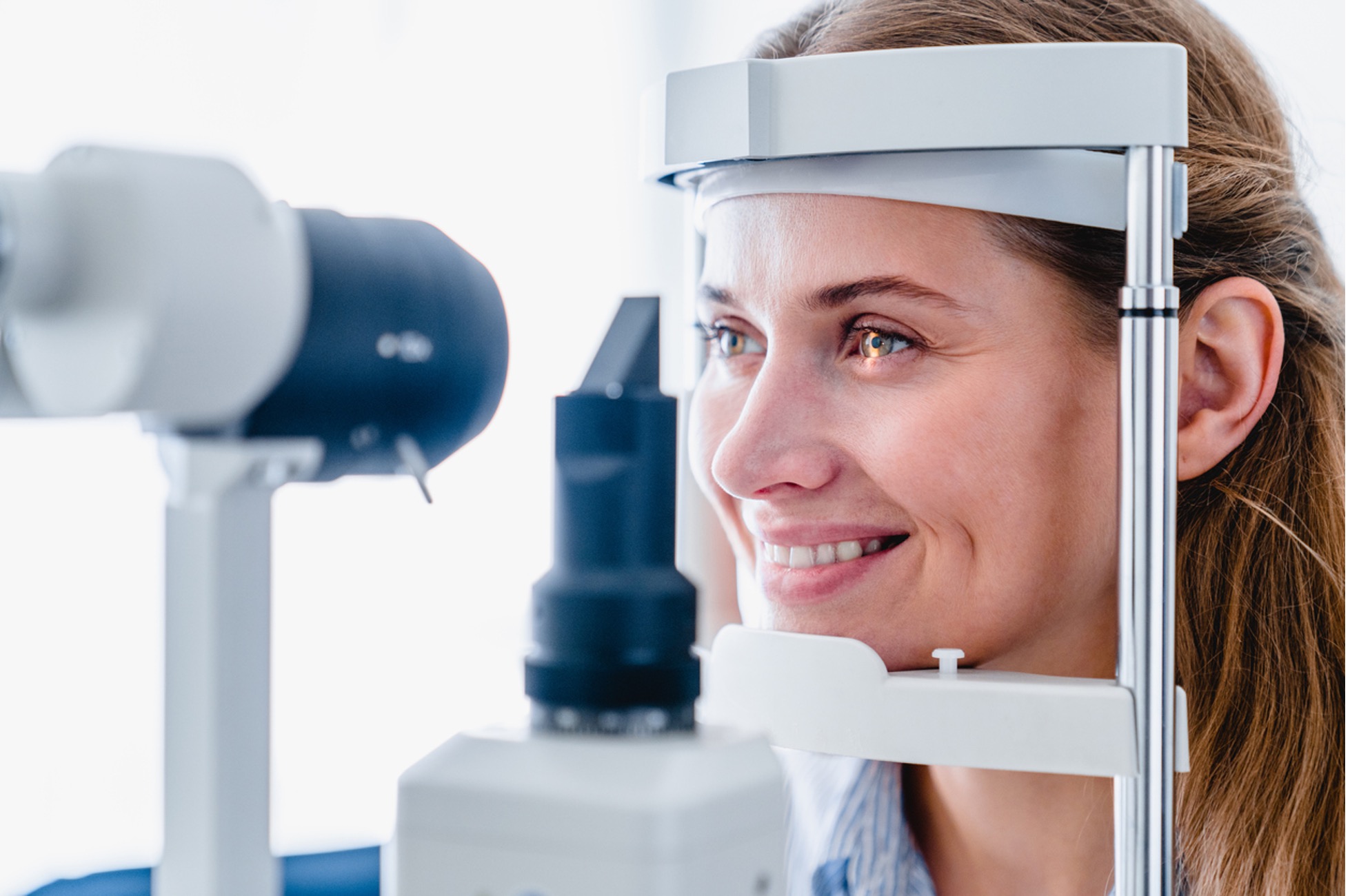Find the most effective Glaucoma Service Near Me: Professional Eye Care Solutions
Find the most effective Glaucoma Service Near Me: Professional Eye Care Solutions
Blog Article
The Role of Advanced Diagnostic Devices in Identifying Eye Disorders
In the realm of ophthalmology, the use of innovative diagnostic tools has reinvented the very early recognition and monitoring of different eye disorders. From discovering refined modifications in the optic nerve to checking the development of retinal conditions, these modern technologies play a crucial duty in boosting the accuracy and effectiveness of identifying eye problems. As the demand for specific and prompt diagnoses remains to expand, the combination of sophisticated devices like optical coherence tomography and aesthetic field testing has actually become essential in the world of eye treatment. The intricate interplay between innovation and ophthalmic techniques not only sheds light on intricate pathologies yet also opens up doors to tailored therapy methods.
Relevance of Early Diagnosis
Early medical diagnosis plays a pivotal function in the efficient monitoring and therapy of eye problems. Prompt identification of eye problems is critical as it allows for prompt treatment, possibly preventing additional development of the condition and minimizing long-lasting problems. By finding eye conditions at a beginning, doctor can offer proper therapy plans tailored to the certain condition, ultimately resulting in far better results for people. Additionally, early medical diagnosis makes it possible for clients to access needed support services and sources sooner, boosting their overall top quality of life.

Technology for Detecting Glaucoma
Sophisticated diagnostic innovations play a crucial function in the early discovery and surveillance of glaucoma, a leading source of irreversible blindness worldwide. One such innovation is optical comprehensibility tomography (OCT), which provides comprehensive cross-sectional photos of the retina, enabling for the measurement of retinal nerve fiber layer density. This dimension is important in evaluating damage triggered by glaucoma. One more sophisticated tool is aesthetic field testing, which maps the sensitivity of a client's aesthetic field, aiding to identify any kind of locations of vision loss characteristic of glaucoma. Additionally, tonometry is used to measure intraocular pressure, a significant threat aspect for glaucoma. This examination is important as raised intraocular stress can bring about optic nerve damage. Furthermore, newer technologies like using synthetic knowledge formulas in evaluating imaging data are revealing appealing lead to the very early discovery of glaucoma. These sophisticated analysis tools make it possible for ophthalmologists to detect glaucoma in its beginning, enabling timely treatment and better management of the illness to prevent vision loss.
Duty of Optical Coherence Tomography

OCT's capability to measure retinal nerve fiber layer refractive surgeries in al thickness permits for specific and objective measurements, helping in the very early discovery of glaucoma also before visual area defects become evident. Generally, OCT plays a crucial role in enhancing the diagnostic accuracy and management of glaucoma, eventually contributing to better outcomes for individuals at threat of vision loss.
Enhancing Diagnosis With Visual Area Screening
An important component in comprehensive ophthalmic assessments, aesthetic field screening plays an essential function in enhancing the analysis procedure for various eye disorders. By analyzing the complete extent of a client's visual area, this test gives critical details regarding the functional honesty of the entire aesthetic path, from the retina to the aesthetic cortex.
Visual field testing is specifically important in the diagnosis and monitoring of conditions such as glaucoma, optic nerve problems, and various neurological conditions that can influence vision. Through measurable measurements of outer and central vision, medical professionals can spot refined adjustments that may show the existence or development of these disorders, also prior to visible signs and symptoms happen.
Furthermore, visual area screening permits the monitoring of treatment efficiency, helping eye doctors tailor restorative treatments to specific people. eyecare near me. By tracking adjustments in aesthetic field performance with time, healthcare companies can make educated choices concerning changing drugs, advising medical treatments, or executing other proper procedures to maintain or boost a patient's aesthetic feature
Taking Care Of Macular Deterioration

Conclusion
Finally, advanced diagnostic devices play a critical role in recognizing eye conditions beforehand. Technologies such as Optical Comprehensibility Tomography and aesthetic field testing have actually greatly boosted the accuracy and effectiveness of diagnosing conditions like glaucoma and macular deterioration. Early detection enables timely intervention and administration of these problems, eventually bring about better results for individuals. It is necessary for medical care professionals to stay upgraded on these improvements to offer the most effective feasible take care of their people. eyecare near me.
Report this page